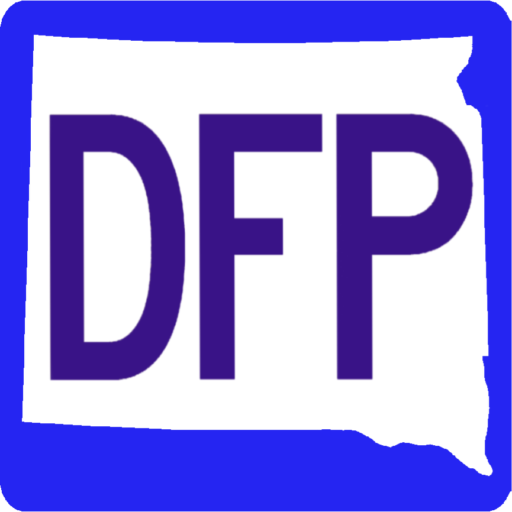CBO: Single-Payer Health Coverage Would Improve Workers' Lives – Dakota Free Press

Republican legislators are using the prospect of voters’ approval of Medicaid expansion this November as one of their excuses not to cut our regressive sales tax.
And Senators on the State Affairs Committee that killed HB 1327 on Friday say it’s fiscally irresponsible to take what would amount to $150 million in revenues out of the tax base now when large-scale spending initiatives like $600 million worth of upgrades to the prison system and potentially Medicaid expansion lie ahead.
“To throw money away instead of addressing serious bills that you owe is not what fiscal conservatives do,” Sen. Lee Schoenbeck said. “That’s what the liberals do” [Joe Sneve, “South Dakota’s Taxation Fight Has Republican Lawmakers Pointing Fingers at One Another,” Sioux Falls Argus Leader, 2022.02.25].
My friend Lee keeps getting this wrong: liberals don’t throw money away; we invest money in public goods and services that end up making everyone’s life better and saving the state money in the long run.
Consider, for example, this week’s working paper from the Congressional Budget Office, which looks not merely at the smart step of Medicaid expansion but our ultimate goal of 100% socialized health care coverage, in which we cover all of each others medical bills through taxes. The CBO, which has a Republican boss, finds that a single-payer system would have complicated and mostly positive economic effects:
In 2030, under Option 2, GDP is 1.4 percent higher than projected under current law. The effect can be decomposed into five channels (see Figure 11):
The redistribution of workers’ compensation to taxable wages boosts real GDP by 1.2 percent because it increases both the labor supply, by increasing the after-tax wage rate, and the capital stock, because households save a share of the increase in their disposable income and accumulate new capital.
The reduction in premiums and OOP expenses reduces GDP relative to current law by 3.0 percent. That reduction is driven by the positive wealth effect, which results in households’ choosing to work fewer hours over the course of their career. Moreover, as households’ OOP expenses late in life are lower under a single-payer system, they choose to reduce their saving, and the capital stock declines.
The reduction in administrative costs increases GDP by 2.4 percent in 2030. The percentage increase in GDP is larger than the percentage increase in economywide productivity because the boost to after-tax wages increases households’ disposable income and, ultimately, their saving and the capital stock.
The reduction in payment rates to providers increases GDP by 0.9 percent in 2030. The effect of reduced payment rates on GDP is smaller from 2021 to 2025 because the payment rates are phased in over time. The increase in productivity that occurs when providers find ways to provide care with fewer resources is offset initially by reductions in labor costs throughout the supply chain in the health care sector. In the long run, the effect on wages diminishes as labor markets adjust.
Lastly, improvements in people’s health outcomes increase GDP in 2030 by 0.5 percent relative to current law, as the population and labor force grow and workers’ average labor productivity increases [Jaeger Nelson, “Economic Effects of Five Illustrative Single-Payer Health Care Systems,” Congressional Budget Office: Working Paper Series, February 2022, p. 23].
Note that the one decrease in GDP comes not from government oppression but from the practical liberation workers get when government takes the private health insurance monkey off their backs. Workers spend less on health care premiums and out-of-pocket expenses, so they can choose to work fewer hours and spend more time enjoying their physically and economically healthier lives.
Single-payer would help South Dakotans and all Americans live better lives. We have the chance to liberate another 42,000 low-income South Dakotans from the oppression of unreliable private insurance and medical bankruptcy with Medicaid expansion in November; why not take the next step and use the sales tax dollars that the Legislature refuses to cut to provide every South Dakotan with reliable, life-enhancing state medical insurance?




